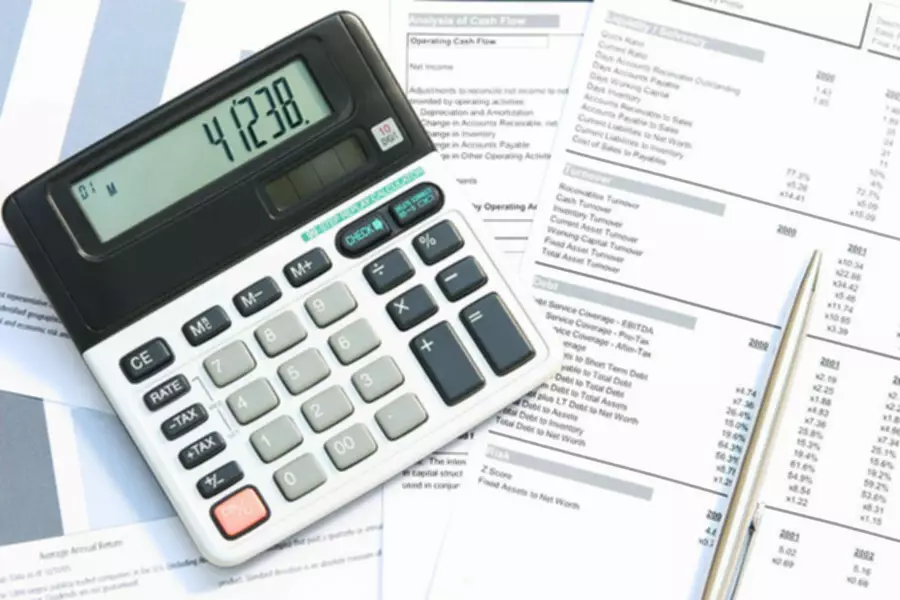Content

Continue reading to learn exactly what is WIP inventory, how to calculate it, why it matters, and how it fits into a healthy supply chain. Assemble-to-order is when a company assembles items from parts it already has stored in its warehouse. The terms work in progress and work in process are usually treated as synonyms.
What type of account is WIP inventory?
In accounting, a work in progress (WIP) account is an inventory account that includes goods that are in the process of being produced but are not yet finished. This account represents the costs of resources used but not yet turned into completed products. Also refer to the work in progress account as work in process.
A high WIP can indicate that the production process is not flowing smoothly and that there may be bottlenecks in the process. Once the raw materials enter the production cycle, that $5,000 debit is moved to the WIP inventory account and the raw materials account is credited with $5,000. Shareholders Equity StatementShareholder’s equity is the residual interest of the shareholders in the company and is calculated as the difference between Assets and Liabilities. The Shareholders’ Equity Statement on the balance sheet details the change in the value of shareholder’s equity from the beginning to the end of an accounting period. For a company in such an industry, the correct approach is to maintain the finished goods inventory similarly to the raw material inventory maintained, i.e., at an optimized level per the demand in the market. Since WIP inventory is an inventory asset, neglecting to include it on your business’ balance sheet can cause your total inventory to be undervalued. For tax purposes, it’s best to track WIP inventory to get an accurate breakdown of what your inventory is actually worth.
What is the journal entry to reclass items from WIP to finished goods?
Once you’ve determined your beginning WIP inventory and you calculate your manufacturing costs as well as your cost of manufactured goods, you can easily determine how much WIP inventory you have. The beginning WIP inventory cost refers to the previous accounting period’s asset section of the balance sheet. To calculate the beginning WIP inventory, determine the ending WIPs inventory from the previous period and carry work in process inventory it over as the beginning figure for the new financial period. Any raw material inventory that humans have worked on but is not yet considered a finished good is a work-in-process inventory. You can think of WIP inventory as all inventory that has not yet reached the finished product inventory but is not raw materials. Works in process are included in the inventory line item as an asset on your balance sheet.
- It’s incorrect to assume that finished goods for one company would also be classified as finished goods for another company.
- Work in process inventory is an important metric to monitor in the supply chain.
- As raw materials and components are consumed, they gain value because they have incurred some labor and overhead.
- It has everything you need to keep your products, customers, and transactions synced and secure, freeing you up to focus on your business.
- All of the following terms are under the umbrellas of manufacturing inventory.
This total WIP figure is the ending work in process inventory for that accounting period—and the beginning work in process inventory for the next accounting period. Another reason for work in process inventory is safety stock, buffer stock, or anticipation inventory. Some companies find it beneficial to hold on to goods at certain stages of production as insurance against shortages of supply or spikes in demand. Vendor managed inventory agreements are often helpful in determining the right purchase orders to protect against supply chain surprises. The above work in process inventory definition explains the what, but not the why.
Choosing Batch Sizes and One-Piece Flow
Similarly to inventory and raw materials, the WIP inventory is accounted for as an asset in the balance sheet. All costs related to the WIP inventory, including the costs of raw materials, overhead costs, and labor costs, need to be considered for https://www.bookstime.com/ the balance sheet to be accurate. Finally, you need the value of your finished goods, which is the total value of your inventory ready to be sold. In accounting, inventory that is work-in-progress is calculated in a number of different ways.
The most effective way of doing it is utilizing a software system like an ERP that allows you to track WIP inventory. Valuation of WIP inventory is a little complicated as we need to understand the progress and process at which the inventory stands. (i.e.) upto what level of completion, and the costing involved in the same as of the cutoff date. You need to find a supplier that meets your needs and doesn’t take too much time, money or resources. It’s the process that determines how quickly a company can produce and deliver its products to the customers. The workflow process can be optimised by sourcing from the right supplier. Product Fulfillment Solutions’ technology and industry expertise allow you to better manage all of your inventory and orders.
Calculating Work in Process Inventory
The inputted value of work in process inventory is often not the final amount, as other costs for packaging, storage, and transportation are also added in later steps. Knowing how to accurately calculate WIP inventory can impact your balance sheet. If your business offers highly customized products, then it’s important to understand how WIP inventory works, what goes into the cost, and how to calculate it at the end of the accounting period. This will give you a sense of COGS based on how much it costs to produce and manufacture finished goods. The terms work-in-progress and finished goods are relative terms made in reference to the specific company accounting for its inventory.
- Businesses always calculate WIP inventory at the end of accounting periods, whether that be a quarter, year, or some other time period.
- Calculating the value of WIP inventory involves associating a cost with a percentage of completion.
- In order to properly account for partially completed work, a business needs to determine the ending work in process inventory at the end of each accounting period.
- Modern platforms not only allow tracking, accurate data and analysis, increased agility, and a high degree of customization.
- Taking time to classify WIP inventory in a warehouse waiting to be assembled might seem tedious, but it’s crucial for monitoring and improving your supply chain and inventory control.
- For example, aluminum scrap is the raw material for a company that produces aluminum ingots.
Generally, most companies strive to reduce the amount of time that inventory spends at the work in progress stage. WIP stands for “work in progress” and refers to any partially complete inventory not yet ready to be sold to customers. Most merchants calculate their WIP inventory at the end of a reporting period (end of quarter, end of year, etc.), and are looking for their “ending WIP inventory”. To calculate ending WIP inventory, you need beginning WIP inventory, which is the previous reporting period’s ending WIP inventory. You work with multiple suppliers to source materials then send them to a manufacturer to assemble your finished goods. A WIP is different from a finished good which refers to a product that is ready to be sold to the consumer. WIP Inventorymeans all skirting, transportation costs, decks and improvements to home locations in preparation for sale.
